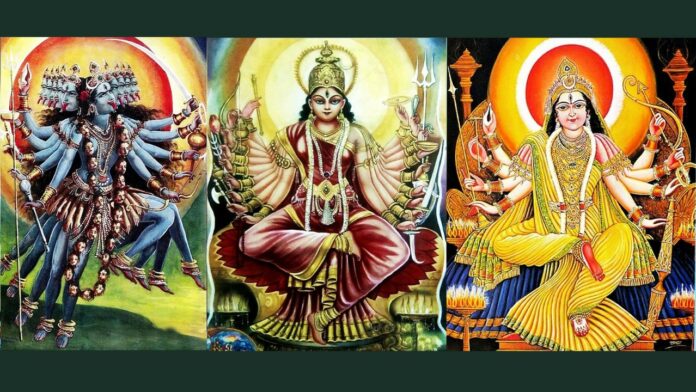Satsang with Sri Swami Viditatmananda Saraswati
Transcribed and edited by Malini, Subbalakshmi Chandrasekaran, KK Davey, Chaya Raj, and Jayshree Ramakrishnan.
Question
Please explain the word ‘Hiraṇyagarbha’.
Answer
‘Garbha’ means the womb, the seed, or the cause; it is the cause of a birth. ‘Hiraṇya’ means golden. So Hiraṇyagarbha is the ‘golden womb’ and denotes the cause of the whole creation. Hiraṇyagarbha is the name for the universe in its subtle state, Īśvara is the name in its causal state, and Virat, in its gross state. This creation, which is manifest before us, should have emerged from an un-manifest stage, just as a tree emerges from a sprout, and a sprout emerges from a seed. The seed is the causal state, the sprout is the subtle state, and the tree is the gross state. There is a gradual evolution from the causal state to the subtle state, and then finally to the gross state. Similarly, the universe has these three states. The universe of names and forms that we experience is described as the gross state and is perceptible to our senses. This was preceded by a subtle state, and before that, a causal state.
This temple hall, for example, was just an idea, a thought, before it was built. Similarly, any creation is first in the state of thought, before it becomes evident, or “gross”. Thus, this tangible form of names and forms that is visible to us was in the form of a thought in its subtle state before it was created. The totality of the subtle state, which gives rise to this tangible universe, is called Hiraṇyagarbha.
Hiraṇya is golden, that which is shining and resplendent. Hiranyagarbha, therefore, represents the shining and resplendent form of the universe before its manifestation, which is apparent to us as the creation.
Question
What is mithyā?
Answer
Mithyā is not something that you see with your eyes, but it is something that you understand conceptually. It is that which is not real. It promises me happiness that it doesn’t have; it promises me security it does not have. It appears to be real and non-negatable. But it is not. To see these facts is to understand mithyā




